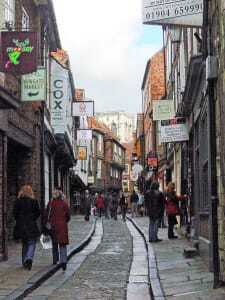While density is the cover topic of this issue of Urban Land, it would be fair to say that density is a prevailing theme of this magazine’s content throughout the year. As the noted British architect Lord Richard Rogers says, “The compact city is the only environmentally sustainable way to live in an urbanizing world.” That idea is reflected in all of ULI’s work across the globe. Rogers is the latest recipient of the ULI J.C. Nichols Prize for Visionaries in Urban Development; an overview of his groundbreaking approach to design and place making begins on page 32.
It’s not easy to warm up to the word density. It draws reflexive opposition from stakeholders who fear that their community will be overrun by newcomers with little improvement to an already overtaxed infrastructure. Who would be in favor of more traffic, more crowds, more competition for places in which to live? But the “compact city,” to use Rogers’ term, lands more softly upon the listener. Bustling urban places that offer convenience, conviviality, and charm—that’s the type of dense urban development that has won people over since the earliest days of village life. “We need to reclaim the word density,” says Greg Clark, senior fellow with ULI Europe and coauthor of two reports on the topic. “We need to change how people understand the word.” More thoughts about and examples of changing the public’s understanding of density can be found in the package of articles that begins on page 46.
More pleasant and convenient—and more energy efficient—describes the intended effects of new window glass technologies that respond to changing levels of sunlight. As outlined in Jeffrey Spivak’s article beginning on page 72, recent improvements in responsive glass technology—and its price—are driving an increase in interest among designers and developers. Anyone who remembers, as I do, the poor performance of 1980s-era sunglasses that automatically darkened in response to sunshine (and which never seemed to lose that tint quickly enough upon returning indoors) might be skeptical of installing a large expanse of automatically tinting glass in a building. But the new generation of responsive glass, based on several different technologies that vary in their energy-conservation profile, are gaining popularity for new construction and retrofits.
Following up on the reporting in the November/December issue on Emerging Trends in Real Estate® for the United States and Canada, in this issue we cover the highlights of the Emerging Trends editions just published for Europe and the Asia Pacific region. This series of reports, published annually by ULI and PwC, is remarkable for the breadth and depth of its insights. Drawn from surveys and interviews of ULI members across these massive markets, it reflects the opinions of the people who are making investment decisions every day. Their collective choices of the best cities for investment and development, plus opinions about the sources and availability of capital, can be found only in this series of reports. We present the highlights in this issue; you can dig deeper by downloading the full reports at www.asia.uli.org and www.europe.uli.org.
Also, this issue offers a snapshot of the latest variant on high-density development: so-called needle towers that are rising in New York City and other global gateways. Super-slim structures that tower over the city’s skyscrapers, they take advantage of advances in construction materials and engineering to offer a new level of ultra-luxury housing. Mark Cooper’s article “Svelte Density” begins on page 58.
As always, we invite your comments on these topics. Keep the conversation going by posting your thoughts in the comments section following articles when they are posted online at urbanland.uli.org.
Elizabeth Razzi
Editor-in-Chief


